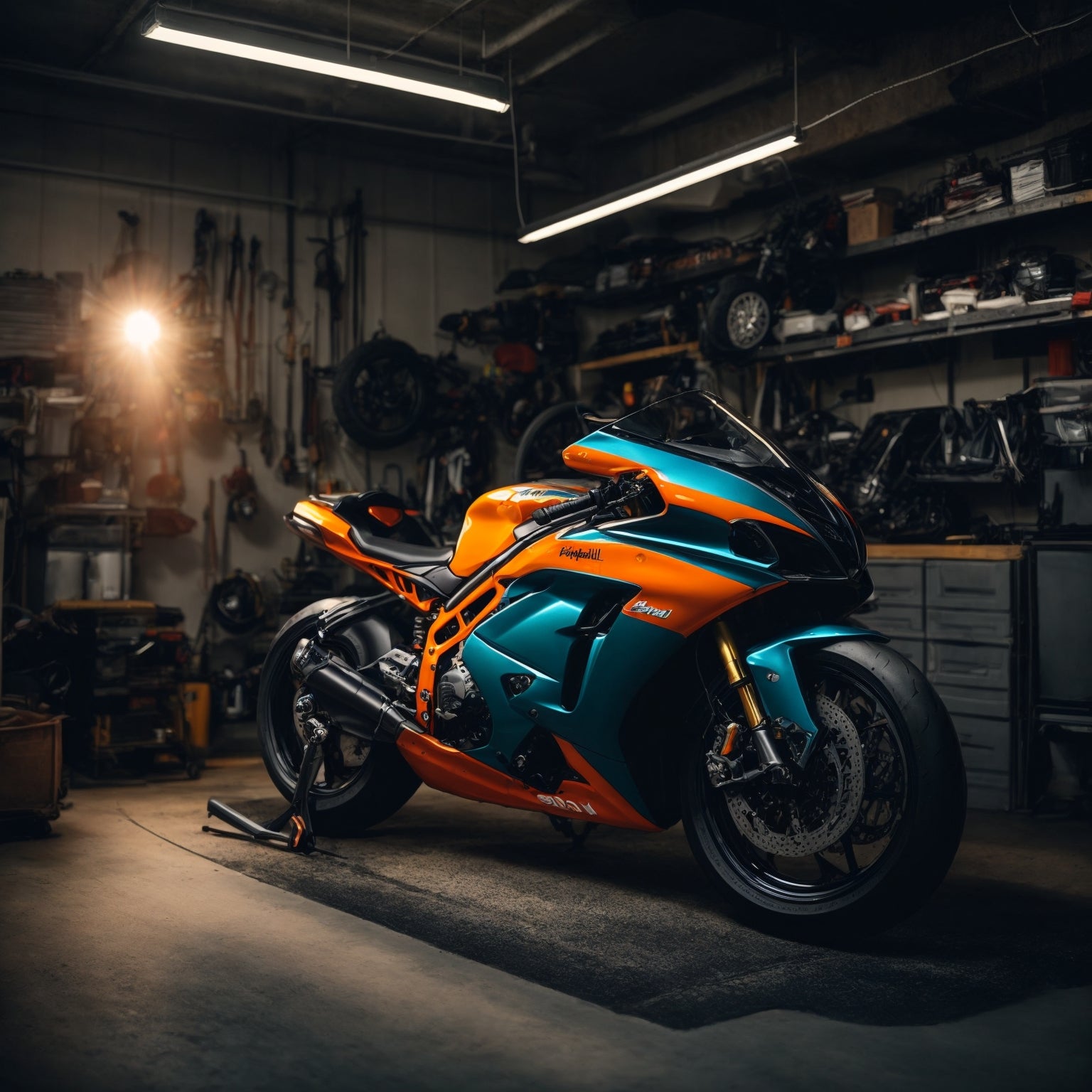
Connecting 12V Accessories to Your Motorcycle: A Comprehensive Guide
Connecting 12V Accessories to Your Motorcycle: A Comprehensive Guide
Motorcycles are becoming increasingly sophisticated, with riders demanding more comfort and convenience. Integrating 12V accessories like heated grips, GPS systems, and USB power to charge your phone can significantly enhance your riding experience. However, connecting these accessories correctly is crucial for both their functionality and your motorcycle's safety.
This guide will walk you through the essential steps and considerations for connecting 12V accessories to your motorcycle, ensuring a smooth and safe installation.
Understanding Your Motorcycle's Electrical System
Before diving into the installation, it's essential to understand your motorcycle's electrical system. The primary components include:
- Battery: The heart of the system, providing power to all electrical components.
- Alternator: Generates power while the engine is running, charging the battery and powering accessories.
- Wiring Harness: A network of wires connecting all electrical components.
- Fuses: Protect the electrical system from overloads.
Choosing the Right Accessory
When selecting 12V accessories, consider the following:
- Power Consumption: Accessories with high power draw require larger wiring and may necessitate additional wiring or a dedicated fuse.
- Voltage Rating: Ensure the accessory operates at 12V DC.
- Current Draw: Check the accessory's current draw to avoid overloading your motorcycle's electrical system.
Essential Tools for the Installation
- Wire Strippers: Strip insulation from wires without damaging the wire.
- Crimping Tool: Connect wire terminals securely to wires.
- Multimeter: Test voltage and continuity to ensure proper wiring.
- Solder and Soldering Iron (Optional): For more robust and permanent connections.
- Electrical Tape: Insulate connections and protect wires from abrasion.
- Heat Shrink Tubing (Optional): Provides a more durable and weatherproof insulation.
Installation Steps
Once you have the necessary tools and accessories, follow these steps for a safe and successful installation:
1. Choose a Power Source
- Battery Terminals: Directly connect to the battery terminals, but ensure you have a fuse in line for safety.
- Accessory Plug: Use a pre-wired accessory plug often found on modern motorcycles. This provides a dedicated, fused power source.
- Existing Wiring: Tap into an existing wire using a piggyback connector, but carefully check the existing wire's capacity.
2. Determine the Wire Gauge
The wire gauge must be appropriate for the current draw of the accessory to avoid overheating and potential damage.
- High Current Draw: Use thicker wire gauges (e.g., 10 gauge or 12 gauge).
- Low Current Draw: Use thinner wire gauges (e.g., 16 gauge or 18 gauge).
3. Connect the Wires
- Strip Insulation: Strip insulation from the wires using wire strippers. Be careful not to cut the wire itself.
- Connect Terminals: Use a crimping tool to securely connect wire terminals to the stripped wires.
- Solder (Optional): Solder the connections for added robustness and durability.
4. Add a Fuse
Install a fuse in line with the accessory to protect the wiring from overloads.
- Fuse Size: Choose a fuse with an amperage rating slightly higher than the accessory's maximum current draw.
- Fuse Holder: Mount the fuse holder in a convenient and easily accessible location.
5. Secure the Wiring
- Insulate Connections: Use electrical tape to insulate all connections and protect wires from abrasion.
- Route Wires Safely: Secure wires using zip ties or cable clamps to avoid entanglement and ensure they don't rub against moving parts.
- Heat Shrink Tubing (Optional): Use heat shrink tubing for more durable and weatherproof insulation.
6. Test the Installation
Once the wiring is complete, test the accessory to ensure it's working correctly.
- Check Functionality: Verify that the accessory is powered on and functions as intended.
- Inspect Connections: Ensure all connections are secure and no wires are exposed.
- Check Fuse: Make sure the fuse is not blown.
Important Considerations
- Motorcycle's Electrical System Capacity: Don't overload the motorcycle's electrical system. Check the owner's manual for maximum allowable current draw.
- Grounding: Ensure all accessories are properly grounded to prevent electrical shocks and ensure correct operation.
- Weatherproofing: Protect connections and wiring from moisture, dirt, and debris for a longer lifespan.
- Professional Installation: If you're unsure about the installation process or working with electrical systems, it's always best to consult a qualified mechanic.
Garmin's range of GPS cradles to suit the zumo and Montana series of devices typically only require a connection to the positive and negatives terminals of the battery. However, keeping the GPS mounted in the cradles when the motorcycle is switched off will lead to some current draw so we recommend connecting these cradles to a switched accessory circuit or using a relay to ensure that power is cut off to the cradles when the motorcycles is off.
The image below shows the assembled Garmin zumo XT2 mount & cable (1) with the Red +ve (2) and Black -ve (3) bare ends.

Similarly, hardwiring USB power adapters to the battery terminals can also lead to current draw unless they have an inline switch or are connected into a switched accessory circuit or with a relay.
By following these steps and considering the important points outlined above, you can safely and effectively connect 12V accessories to your motorcycle, enhancing your riding experience and adding functionality to your bike.
Remember, safety is paramount. If you have any doubts about the installation process, don't hesitate to consult a professional mechanic. Enjoy the convenience and comfort your new connected accessories bring to your rides!
